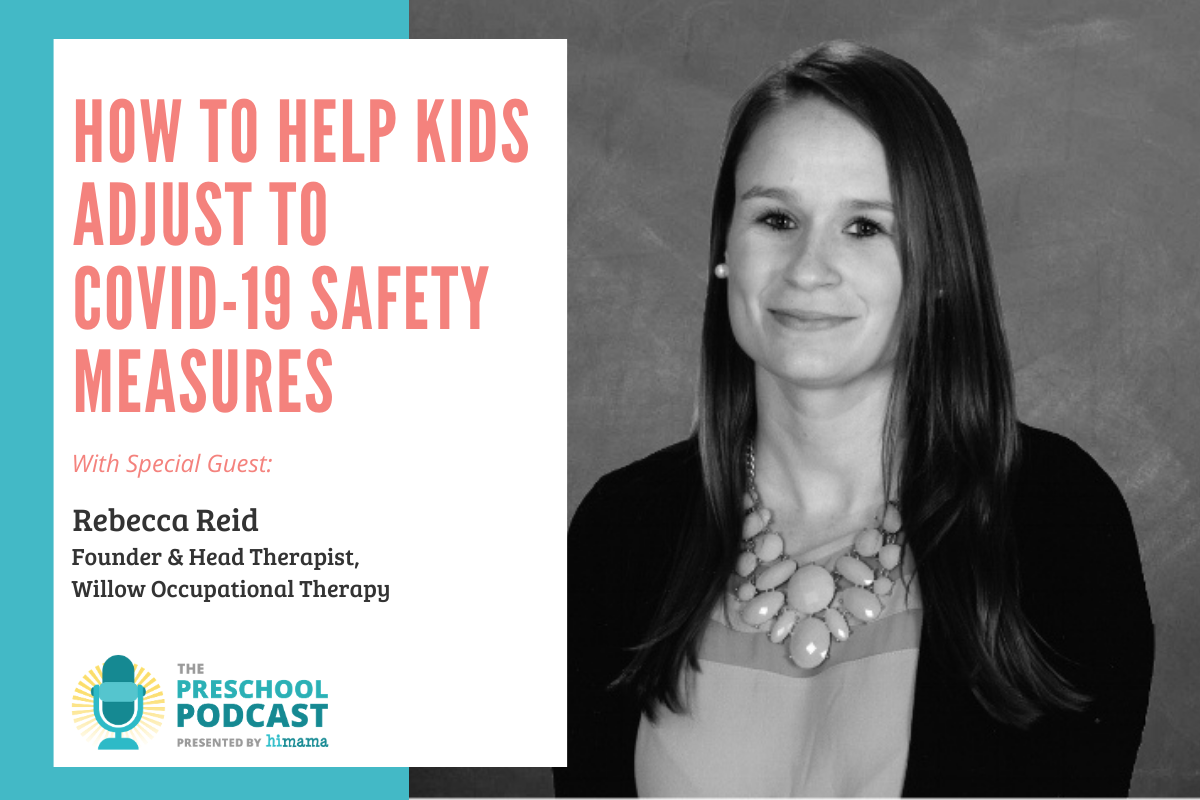Movement breaks for kids- getting through your virtual school day!
If you have a child, you know that sometimes they can have TONS of energy that needs to be burned throughout the day. This is not a new thing, but with more kids in virtual school again this year due to the second (or third) wave of the pandemic, managing your child’s energy is more important than ever!
It is important to recognize that movement breaks for children are not only important to help them expend the energy they have, but also to help them keep their energy up (especially when sitting at a desk staring at a screen all day), and to help kids focus. Think about your own BEST days – if you’re working at a desk all day, do you find that you’re better able to focus if you work out before work or taking mid day walks/workout breaks to refocus? Do you feel yourself perking back up after a bit of movement? If movement is something that helps you, as adults we are usually able to recognize that we need to build movement breaks into our day. Often times, children need someone to teach them the benefit of movement breaks even if it seems obvious!
As an occupational therapists, this is something we discuss with families quite frequently. There are some children that have sensory processing challenges and need movement breaks to calm their bodies, but most children benefit from movement breaks regardless. So let’s dive into some of my favourite easy recommendations for parents!
Kids Yoga!
Yoga is not just for middle aged, lululemon wearing women; but for kids yoga often looks much different than what you might know from “typical” yoga.
Kids yoga is often quite energetic, and for younger kids, it can be helpful for yoga to follow a story line! One of our favourite ways to introduce very young kids to yoga is by reading yoga story books and doing the poses as they come up in the book. This way kids can connect the names of the poses to what they look like! You can also print out a bunch of different yoga poses for kids to have as visual reminders, or purchase yoga cards like these ones here Yoga for Children–Yoga Cards: 50+ Yoga Poses and Mindfulness Activities for Healthier, More Resilient Kids: Flynn, Lisa: 9781507208236: Books – Amazon.ca
We know moving away from screens for a movement break is the ideal, but if you are also working and not able to really engage in movement with your child or take them outside for a walk or adventure to the park, Youtube has some incredible options! Cosmic Kids Yoga is one of our favourites as kids are lead through yoga stories, and there are options for everyone!
Our recommendation for yoga is to get involved in the yoga session with your child if you can (even if that is on a weekend so they know what’s going on during the week), and make it a fun time! Also, be reminded that a lot of times kids who need movement to focus and self regulate may NOT be into yoga. And that is OKAY. Sometimes adults get fixated on the idea that yoga is the best to help calm your body and mind, but not every adult enjoys yoga, and kids are the same. If your child doesn’t like yoga, that’s ok, move onto trying another different style of exercise!
Just Dance!
For the kids that need something guided but are into something a little more exciting, we LOVE Just Dance (yes, the video game). You don’t need a gaming console to use this as a movement break however, as Youtube has tons of these dances recorded for you to watch! We use these in our occupational therapy sessions with kids as a movement break, and a reward for getting through all the activities we had on our visual schedule for that session.
Again, these are super fun to pop on in the middle of the day to follow along to, and are also a really great way to get your blood pumping! Adults, jump in to take a dance break with your kids if you can, you’ll get them going, move your own body and most likely get a laugh as you stumble to follow along! I screen share these videos with my clients and we both look super silly dancing together, but kids LOVE to see adults dance too!
Build your own Obstacle Course!
If you want a more interactive, low tech way to get your kids moving, you can always try to build a little obstacle course or fitness circuit in your home! This can be as high or low cost as you like and take up as much or as little space as necessary. There are some play structures that you can buy for inside your home that gives kids a place to climb, swing and hang, or small trampolines that kids can bounce on. These can be quite pricey sometimes, so I often recommend parents to try to DIY as best as they can first! This might be something you create outside with chalk on the sidewalk or drive way, or perhaps you do something like the picture to the left with rearranging a room to scoot, climb, crawl, jump etc. If you need something even more simple, you can print out some different pictures of exercises and place them around the room like a circuit, and as your child moves from paper to paper they have to do the activities. More physical things like jumping jacks, planks, frog jumps and balancing can be included, and music can always be played to encourage spontaneous dance parties!
Whatever you do choose to do, make sure that you walk your child through the exercises or do them together so that they know what the obstacle course looks like, or how to safely use the play equipment! That way they may be able to initiate the exercises on their own.
Get Outside!
This is a pretty straightforward and non structured way to get some movement in! Just schedule some time to get outside! If you are working from home and your child(ren) is at virtual school, you most likely will benefit from getting outside just as much as they will! Whether it’s getting out for a short walk, or for some playtime at the park, the fresh air and natural energy expenditure will be excellent to restart energy for the rest of the day!
Remember: it is important to recognize if your child needs movement breaks throughout the day and to figure out a time to make these happen. If your child seems to be extra bouncey and energetic throughout the day, sometimes it is beneficial to schedule some time in the morning to start the day with some movement! This way their body will have gotten the sensory input they need from the movement, will have woken their bodies up and help them focus in class. Then schedule a break throughout the day and maybe something after dinner to help them get their sillies out before bed!
If you want to learn more or interested in Willow OT please don’t hesitate to reach out! www.willowot.com or by email at info@willowot.com
Kristina Marchiori
OT Reg. (Ont.), Msc (OT), BSc (Kinesiology)













